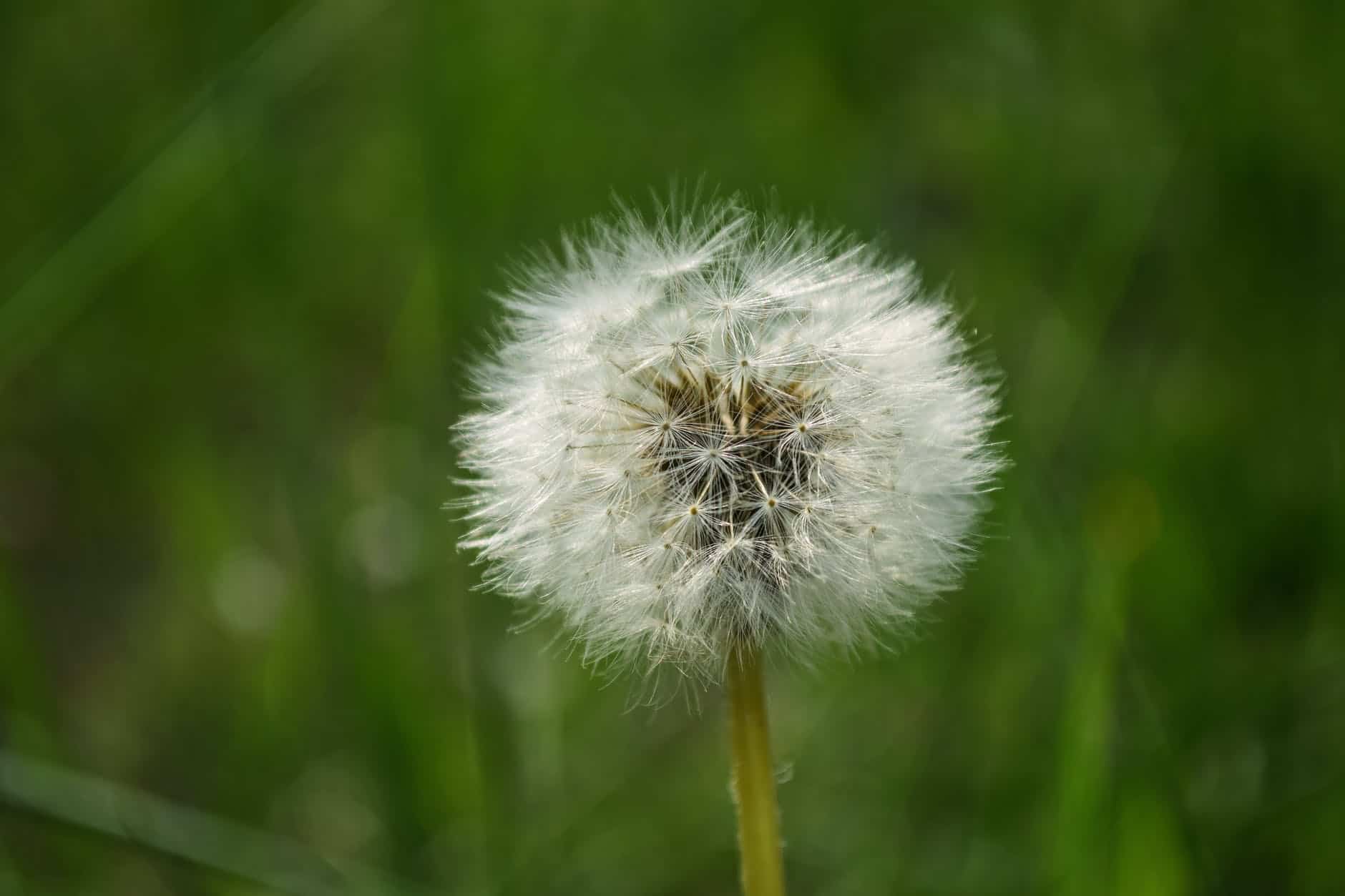
26 Apr How to prevent common weeds
Don’t let pesky weeds crash the garden you have worked so hard to grow! Let us help you get a handle on your weeds before they get a hold of your lawn! The best way to reduce the number of weeds found throughout your lawn and garden is through proper maintenance, fertilization, and irrigation. The most common weeds found in lawns and gardens are Dandelions, Crabgrass, NutSedge, White Clover, and Creeping Charlie. Let’s weed through the best ways to prevent these common weeds.
Did you know that a well-maintained lawn controls weeds naturally? Mowing grass at the recommended height for your growing zone and the type of grass in your lawn increases resistance to pests, disease and promotes healthy root growth. Here at Sun Valley Landscaping, we typically recommend mowing at the height of three inches and, when mowing, never cut off more than one-third of the length of grass blades at a time. This helps turf tolerate the hot sunny Nebraska summer days. Proper watering from natural rainfall and supplemental watering with irrigation encourages healthy, deep root growth. Finally, a well-fed lawn from a quality organic fertilizer program like our Fertilizer+ program creates a balanced routine for your yard to promote healthy growth for the turf above and below ground.
Our six-step Fertilizer+ program provides the added nutrients your lawn needs to stop weeds in their tracks. The first two of the six-step program focuses on applying a pre-emergent. One application takes place as the ground starts to thaw to prevent smaller weeds, and the second application takes place before the ground temperatures hit 50 degrees to prevent crabgrass. Nobody likes the damage caused by beetles like the Japanese beetle that emerges in June and July. Step three focuses on not only fertilizing the lawn but applying grub control to help combat grubs that later turn into beetles. To learn more about grubs and their life cycle, CLICK HERE. Steps four, five, and six are all about fertilizers and properly feeding our lawns what they need at that point in the season. Step five takes place early to mid-fall and provides nutrients to help with root development. At this visit, we will also aerate and overseed your lawn. You heard us correctly! We are passionate about partnering with you to improve the overall health of your lawn. That is why we built-in aeration and overseeding into all of our lawn care programs; it is not an add-on service! Our sixth and final fertilizer application assists with winterization, getting grass ready for the winter months, and it helps grass get greener faster in the spring. Who doesn’t want to have the first green lawn on the block come spring?
Let us help you get your lawn to a lean, green, weed-free, brag-worthy machine this time next year with proper maintenance and fertilization. Give us a call today.


